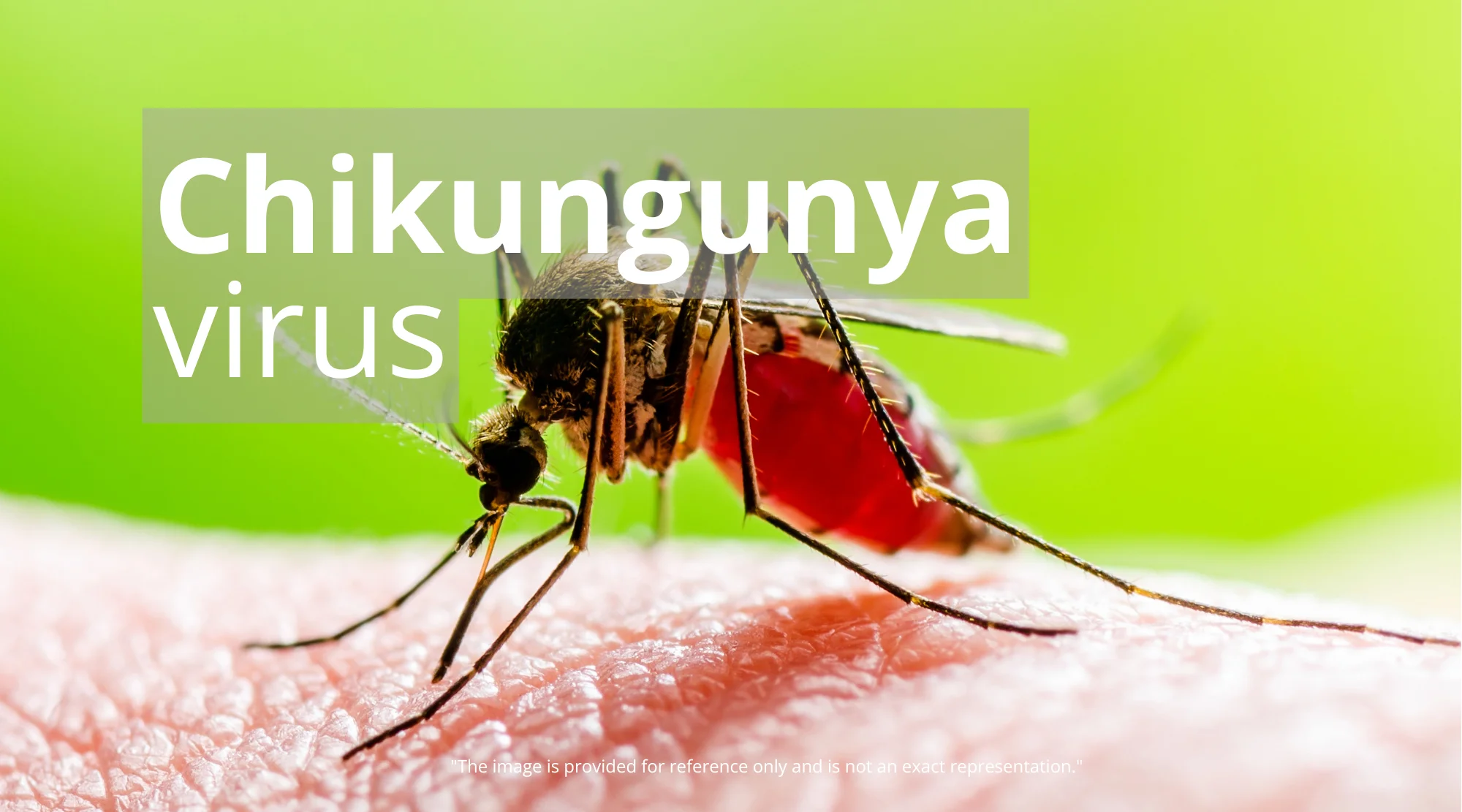Childhood Obesity Crisis: More Children Now Obese Than Underweight
The global health landscape is shifting dramatically. For the first time in history, childhood obesity has surpassed underweight conditions as the most prevalent form of malnutrition among children worldwide. This alarming trend, highlighted in a recent UN report, underscores the detrimental impact of ultra-processed foods (UPFs) on children’s health and well-being. This article will explore the scope of this crisis, the underlying causes, and the urgent need for comprehensive strategies to address this growing public health concern.

The Alarming Shift: Obesity Overtakes Underweight
The report, drawing data from over 190 countries and various authoritative sources, paints a stark picture. While 9.2% of children aged 5-19 are underweight, a slightly higher 9.4% are now classified as obese. This represents a significant shift from the year 2000, when nearly 13% were underweight and only 3% were obese. This shift is particularly concerning because obesity carries a greater risk of life-threatening diseases in later life.
The Ultra-Processed Food Factor
A major driver of this global shift is the increasing consumption of ultra-processed foods. UPFs, often cheap and readily available, are packed with high levels of sugar, fat, and salt, alongside additives. They are marketed heavily to children, often replacing nutritious foods like fruits, vegetables, and protein sources. This dietary shift has profound implications for children’s growth, cognitive development, and mental health, setting them up for long-term health problems.
Regional Disparities in Childhood Obesity
While childhood obesity is a global issue, its prevalence varies across regions. The report reveals that obesity has overtaken being underweight as the most prevalent form of malnutrition in all regions, with the exception of sub-Saharan Africa and South Asia. Interestingly, high rates of obesity are also observed in developed countries.
Unhealthy Food Environments and Their Impact
The report, “Feeding Profit: How Food Environments are Failing Children,” highlights how the environment in which children eat has drastically changed. The rapid expansion of modern retail outlets, online grocery stores, and food delivery apps has flooded markets with ultra-processed foods, making them more accessible and often more affordable than healthier alternatives. This creates a challenging environment where children are constantly exposed to unhealthy food choices, impacting their health.
The Economic Burden of Childhood Obesity
The rise in childhood obesity will have significant economic repercussions. According to UNICEF, the global cost of overweight and obesity could surpass $4 trillion annually by 2035. This cost encompasses healthcare expenses, lost productivity, and other related burdens. Therefore, addressing this issue is not only a health imperative but also an economic one.
The Health Risks Associated with Childhood Obesity
Childhood obesity is directly linked to an increased risk of numerous health problems, both in childhood and later in life. These include heart disease, type 2 diabetes, and certain types of cancer. These chronic diseases can significantly impact a child’s quality of life and lead to premature death, making the early prevention and intervention of childhood obesity even more critical.
The Role of Marketing and Promotion
Aggressive marketing of ultra-processed foods, especially aimed at children, plays a significant role in the rise of obesity. These marketing tactics, often found on television, social media, and even in schools, create a constant exposure to unhealthy food options, influencing children’s food preferences and behaviors. Curbing these marketing practices is crucial for reducing children’s exposure to unhealthy foods.
The Need for Policy and Action
Addressing the childhood obesity crisis requires a multi-pronged approach that includes governmental policies, industry regulations, and community initiatives. Governments must take the lead by implementing strategies like labeling requirements, marketing restrictions, taxes, and subsidies to promote healthy eating. Additionally, providing support to vulnerable families and ensuring access to nutritious food is essential.
Examples of Successful Interventions
The report spotlights the positive impact of Mexico’s ban on the sale and distribution of UPFs in schools. These kinds of policies show that significant positive changes are possible when governments and communities prioritize the health of their children.
The Importance of Parental and Community Involvement
Parents and caregivers play a crucial role in shaping children’s eating habits and overall health. They must be equipped with the knowledge and resources to make informed food choices and create healthy eating environments at home. Community initiatives and educational programs can also help raise awareness and promote healthy eating habits. Read our article, “Healthy Eating: Your Ultimate Weekly Meal Plan for a Balanced Life,” for assistance.
Understanding the Impact on Mental Health
The link between nutrition and mental health is increasingly recognized. Poor diets, including those high in UPFs, can negatively impact cognitive development and mental well-being. Studies show a link between nutrition and mental health, making it critical to address childhood obesity to protect children’s mental health. Consider reading our article, “Child Mental Health and School Absence: Understanding the Connection,” for insights.
The Importance of Early Intervention
Early intervention is essential for preventing and managing childhood obesity. This includes promoting healthy eating habits from an early age, encouraging physical activity, and educating children and families about the importance of a balanced diet. It is essential to address this problem as soon as possible.
Promoting Physical Activity for a Healthy Lifestyle
Alongside dietary changes, promoting physical activity is crucial in tackling childhood obesity. Regular physical activity helps children maintain a healthy weight, improve cardiovascular health, and boost overall well-being. Schools and communities can play a vital role by providing opportunities for children to engage in physical activity, such as sports and outdoor play. Read our article, “Fitness After 40: The Ultimate Guide to Cardio and Strength Training,” for more tips.
Addressing Systemic Inequalities
It’s crucial to address systemic inequalities that contribute to childhood obesity. Low-income families often have limited access to affordable, nutritious food, leading to higher rates of obesity. Comprehensive strategies must address these inequalities to ensure all children have the opportunity to live healthy lives.
Collaboration is Key
Combating childhood obesity requires collaboration among various stakeholders, including governments, healthcare professionals, educators, the food industry, and communities. By working together, these entities can create a supportive environment that promotes healthy eating habits and reduces the prevalence of childhood obesity.
The Food Industry’s Role and Responsibility
The food industry has a significant impact on the health of children, and it must take responsibility for the foods it produces and markets. The industry should prioritize producing healthier food options, reducing the sugar, fat, and salt content of its products, and limiting its marketing of unhealthy foods to children.
The Importance of Education and Awareness
Raising awareness about the risks of childhood obesity and the benefits of healthy eating is essential. Educational programs and campaigns can help inform children, parents, and the general public about making healthy food choices and leading a healthy lifestyle. Read our article, “Fast Food and a Balanced Diet: How to Make Healthy Choices,” for more details.
Sustainable Solutions and Long-Term Strategies
Long-term strategies and sustainable solutions are required to combat the childhood obesity crisis. These must include continuous monitoring and evaluation of interventions, the development of evidence-based policies, and the adaptation of strategies to meet the specific needs of different communities.
How Can We Take Action?
Each of us can take action to address childhood obesity. You can help by making informed food choices, supporting healthy eating initiatives, and advocating for policies that promote children’s health. You can also educate yourself and others about the risks of childhood obesity. Consider our article, “Top 10 Destinations for a Happy Vacation: Boost Your Well-being in 2024,” for some tips.
The Future of Children’s Health
The childhood obesity crisis represents a significant threat to the future of children’s health. Addressing this issue requires a concerted effort from all sectors of society. By taking action now, we can protect the health and well-being of future generations and create a healthier world for all.
Conclusion: A Call to Action
The increasing prevalence of childhood obesity is a critical public health emergency. The data is clear, and the stakes are high. We must move beyond simply acknowledging the problem and take decisive action. By promoting healthy eating habits, fostering environments that support physical activity, and enacting effective policies, we can protect our children’s health and ensure a healthier future for all. This is not just a health issue; it’s an investment in our collective wel














1 comment